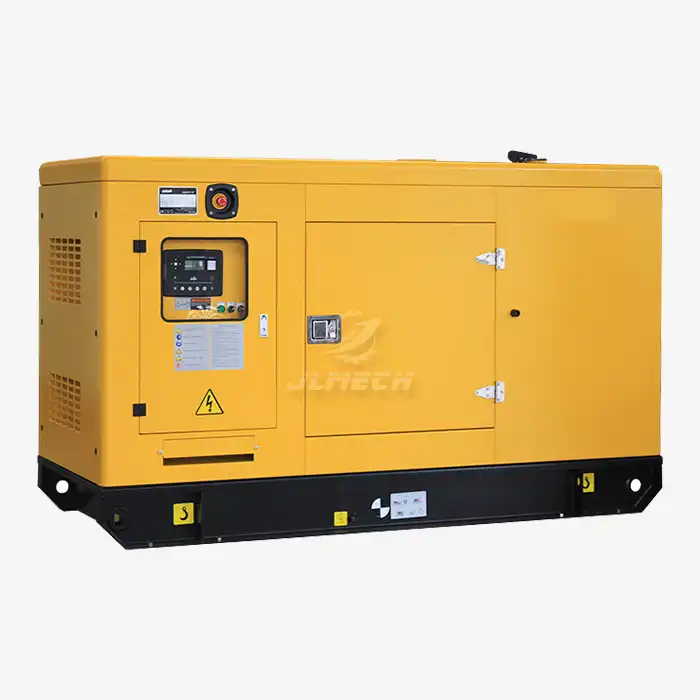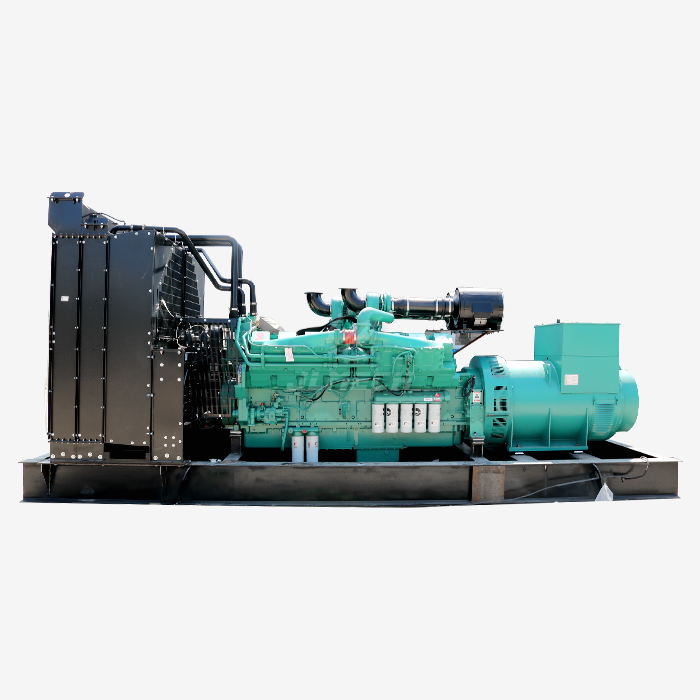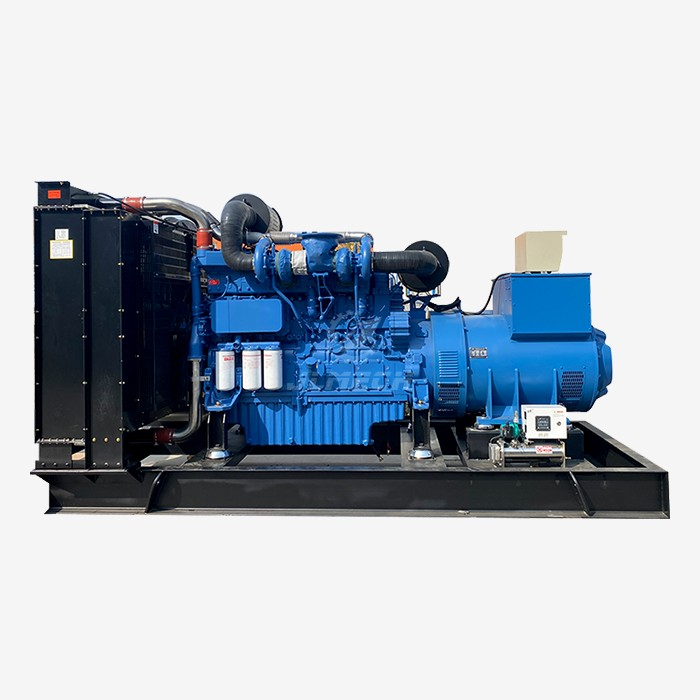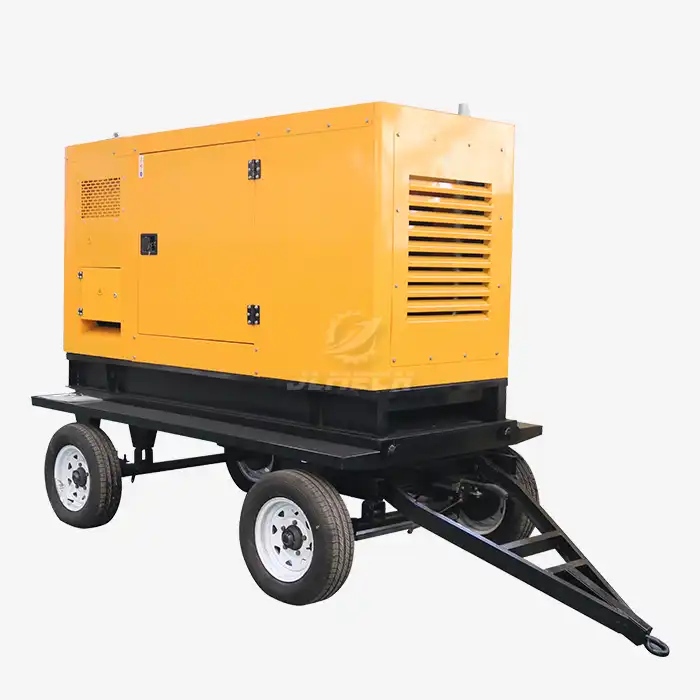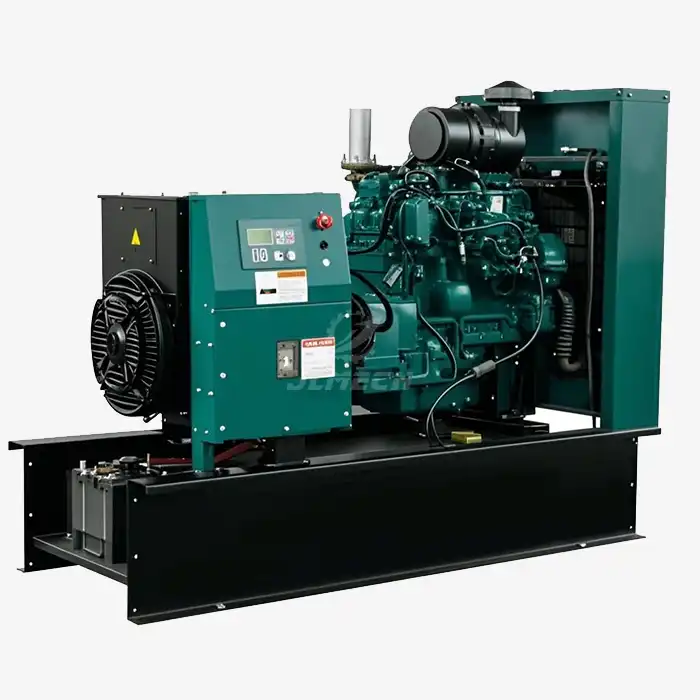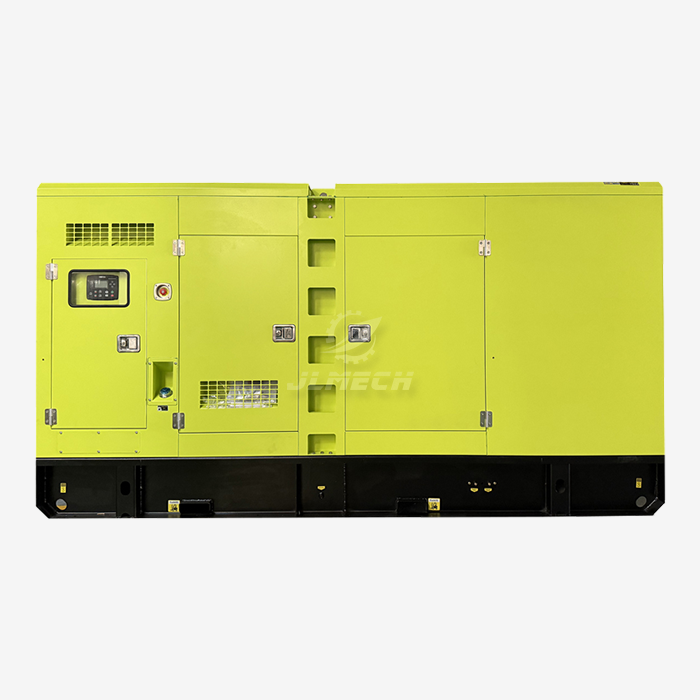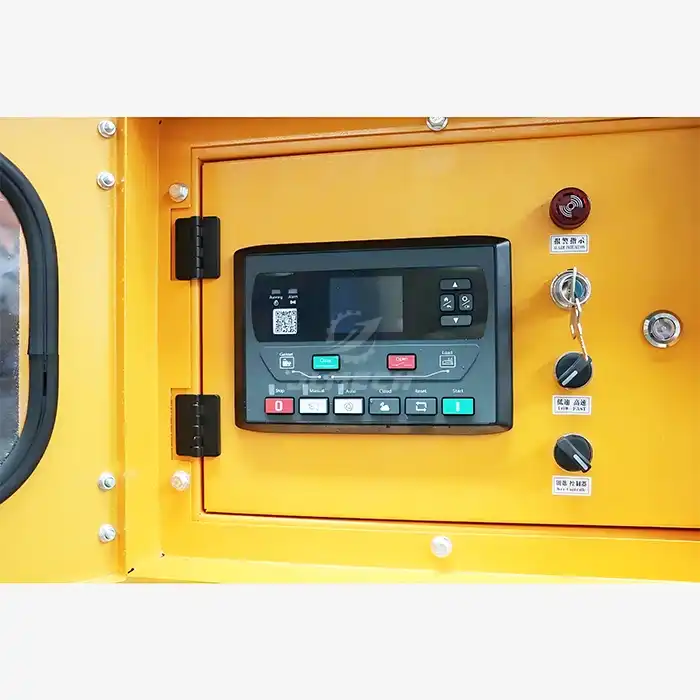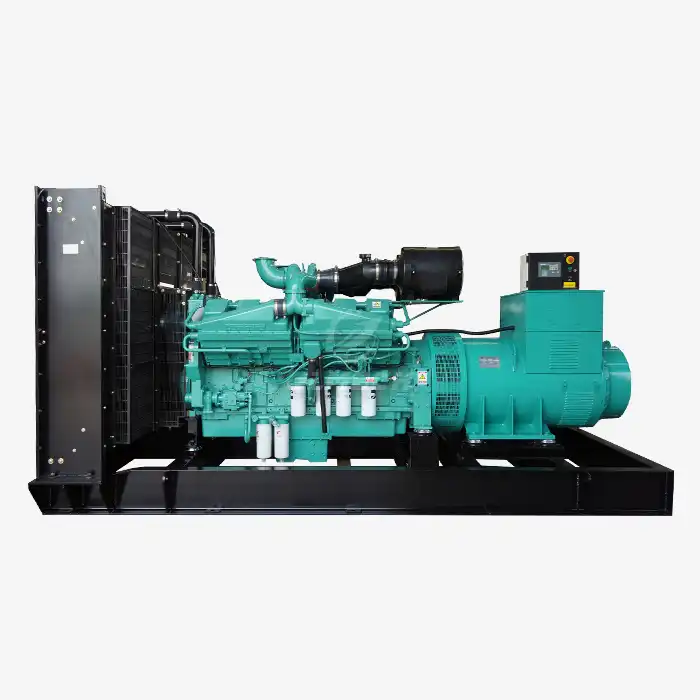What is Automatic Voltage Regulation (AVR) and Why is it Critical for Your Generator?
In an era where consistent and clean power is non-negotiable for both business continuity and equipment safety, the internal mechanisms of your generator play a pivotal role. At the heart of this stability lies a crucial component: the Automatic Voltage Regulator, or AVR. This sophisticated electronic device is responsible for one of the most critical outputs of your generator: a stable voltage. Understanding the principles of voltage regulation of generator systems is not just technical jargon; it is essential for ensuring the reliability and longevity of your power supply and the valuable equipment it supports .

Understanding AVR: The Basics
An Automatic Voltage Regulator (AVR) is a sealed electronic device that acts as the control center for your generator's output . Its primary function is automatically and continuously to maintain a consistent generator voltage at a predetermined level, regardless of fluctuations in the connected load or the engine speed .
It achieves this by precisely controlling the low-power field current of the generator's exciter, which in turn adjusts the rectified output power to the main rotor's field winding . By managing this magnetic field current, the AVR directly governs the generator's output voltage, ensuring it remains stable and within acceptable limits . This precise control is the cornerstone of effective voltage regulation of generator systems, transforming a raw electrical output into a refined and usable power source.
How AVR Works: A Closer Look
The operation of an AVR is a continuous feedback loop that ensures real-time stability. This process can be broken down into three key stages:
Sensing: The AVR constantly monitors (senses) the generator's output voltage from its stator terminals .
Comparing: It compares this sensed voltage against a pre-set reference value, which is the desired output voltage.
Correcting: If the AVR detects a discrepancy—either a voltage drop (sag) or a voltage rise (surge)—it instantly acts to correct it.
If the voltage is too low, the AVR increases the current supplied to the generator's rotor (field current). This strengthens the magnetic field, leading to a higher output voltage .
If the voltage is too high, the AVR decreases the field current, weakening the magnetic field and thereby reducing the output voltage back to the set point .
This high-speed cycle of sensing, comparing, and correcting happens in milliseconds, providing a robust voltage regulation of generator output and ensuring a smooth electrical supply even as loads change .
Types of Voltage Regulation
The technology behind voltage regulation has evolved significantly. While the core goal remains the same, the methods differ, primarily falling into these categories:
Traditional AVR (for Brushless Generators): This is the most common type in modern industrial generators. It is an electronic module that controls the excitation of the generator's built-in exciter field to regulate the main output, as described above .
Other Regulator Types: The broader world of power generation also includes older or specialized models, such as:
Contact Point Voltage Regulators: An early electromechanical technology that used vibrating contacts to regulate voltage. These are now largely obsolete due to their slow response and maintenance requirements .
Transistor and Integrated Circuit (IC) Regulators: Utilize solid-state semiconductors for faster and more reliable switching, commonly found in automotive and smaller applications .
For most industrial diesel generators, the modern electronic AVR is the standard and most reliable solution for precise voltage regulation of generator systems.
Why AVR is Critical
Investing in a generator with a high-quality AVR is not an optional extra; it is a critical decision that impacts your entire operation. The benefits of a robust AVR system are profound:
Protects Sensitive Equipment: Voltage spikes and sags are among the leading causes of damage to electronic equipment. A stable voltage from a well-regulated generator safeguards everything from computers and medical devices to industrial PLCs and communication systems.
Ensures Operational Stability: For many businesses, a power fluctuation can mean disrupted processes, data corruption, or halted production lines. AVR provides the stable "clean" power needed for uninterrupted operations.
Improves Fuel Efficiency: By maintaining optimal electrical conditions, the generator engine can operate more efficiently, leading to better fuel economy and lower operating costs.
Enables Parallel Operations: For systems where multiple generators need to run in parallel, the AVR is essential for managing reactive power (VAR) sharing and ensuring stable, synchronized operation .
Enhances Overall System Longevity: Consistent voltage reduces stress on both the generator's own windings and the connected loads, extending the lifespan of your entire power system.
Common AVR Problems and Solutions
Even robust components can encounter issues. Being aware of common AVR-related problems can help in quick troubleshooting:
Failure to Build Voltage: If a generator runs but produces no output voltage, it could be due to a loss of the AVR's power source or loss of residual magnetism in the rotor. In many AVRs, a minimum residual voltage (e.g., >5V) is required for the AVR to begin the voltage build-up process .
Unstable or Fluctuating Voltage: This can be caused by incorrect "stability" settings on the AVR, a faulty voltage sensing circuit, or a highly variable load .
Overheating and Damage: This often results from operating the AVR beyond its capacity, such as trying to force a higher output current than its maximum rating, or from a shorted rotor field winding .
Solutions: Always ensure the AVR is correctly sized for the generator's field requirements (voltage, current, and resistance). Regular maintenance and professional calibration of stability and protection settings are crucial for long-term reliability .
Selecting the Right AVR
Choosing the correct AVR is not a one-size-fits-all process. It requires careful matching to your generator's specifications. Key parameters to consider include :
Rated Output Voltage and Frequency: Ensure the AVR matches the generator's output (e.g., 230V, 50Hz).
Field (Exciter) Specifications: This is critical. You must know the generator's maximum field voltage and field resistance at 75°C to select an AVR with sufficient output capacity.
Power Source: The AVR needs a suitable power supply, which can be taken from the generator's main output or an auxiliary winding.
Strong Forcing Capability: A quality AVR should have a "forcing" capability, meaning it can temporarily provide a much higher field voltage (e.g., 1.5-2.5 times the normal maximum) to quickly recover voltage when a large load is suddenly applied .
Maintenance Tips
Proactive maintenance is key to ensuring your AVR and generator perform reliably for years to come.
Keep it Clean and Dry: Ensure the AVR and its surrounding compartment are free from dust, moisture, and corrosion.
Ensure Proper Ventilation: Avoid overheating by ensuring cooling air vents are not blocked.
Check Connections: Periodically inspect and tighten electrical connections to the AVR, including sensing and power wires.
Professional Calibration: Have a qualified technician periodically check and adjust the AVR's voltage stability and droop settings, especially after major repairs or if unstable operation is noticed .
Use a Quality Replacement: If an AVR needs replacement, always use a genuine or manufacturer-approved part that matches the original specifications to avoid performance issues or damage.
Conclusion
The Automatic Voltage Regulator is the unsung hero of a reliable generator set. It is the intelligent component that transforms variable raw power into a stable, safe, and usable electrical supply. A robust voltage regulation of generator output is not a luxury but a fundamental requirement for protecting equipment, ensuring business continuity, and maximizing your investment. Understanding and prioritizing the role of the AVR empowers you to make informed decisions about your power assets.
Our team of experts is ready to help you select, maintain, and troubleshoot generator AVRs to ensure your operations never skip a beat. For professional advice and support, please contact us at skala@whjlmech.com.
References
Kutai. AVR Selection and Adjustment. Retrieved 2025.
eworldship. Technical Sharing | Common Capacitive Load Problems in Data Center Diesel Generator Sets. Published 2020.
Baidu Baike. Voltage Regulator.
Electrical Encyclopedia. AVR. Published 2022.
CyberPower. UT2200EG Specifications.



